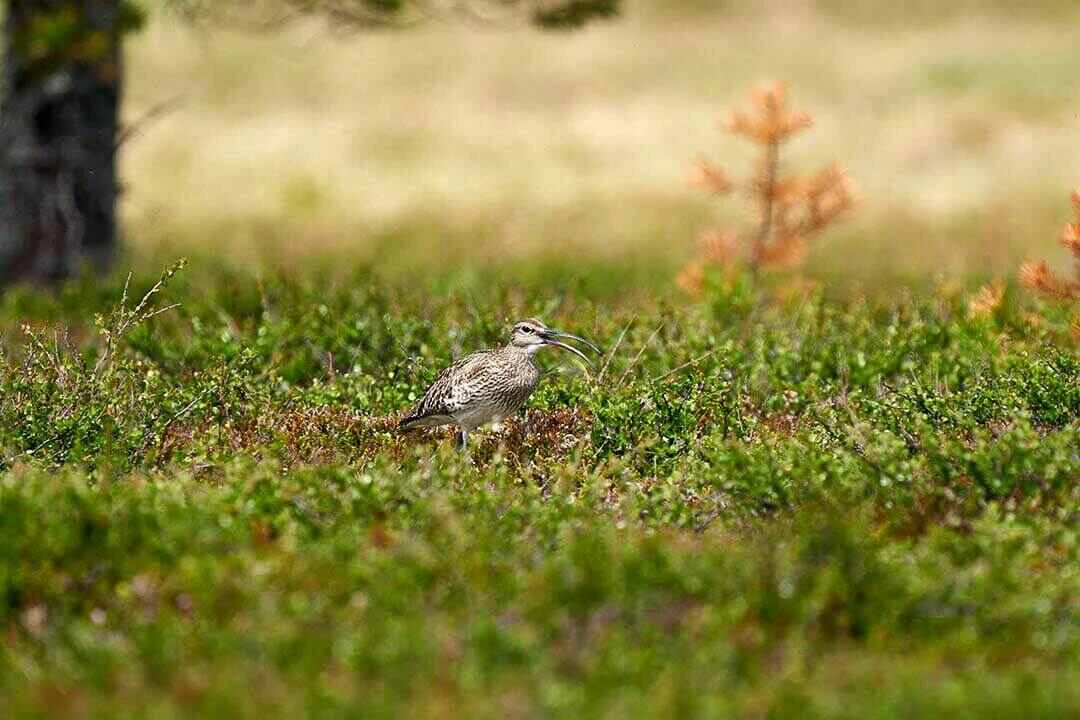
BIRDING IN
Cousin Island
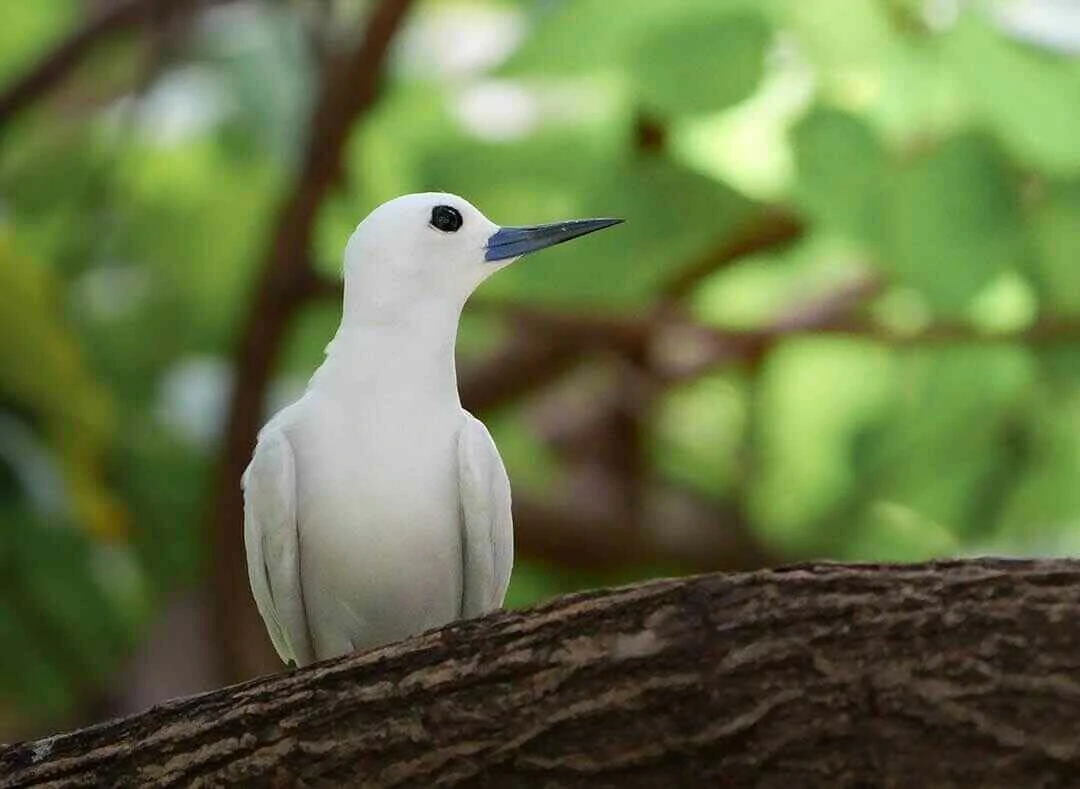
BIRDING IN
Cousin Island
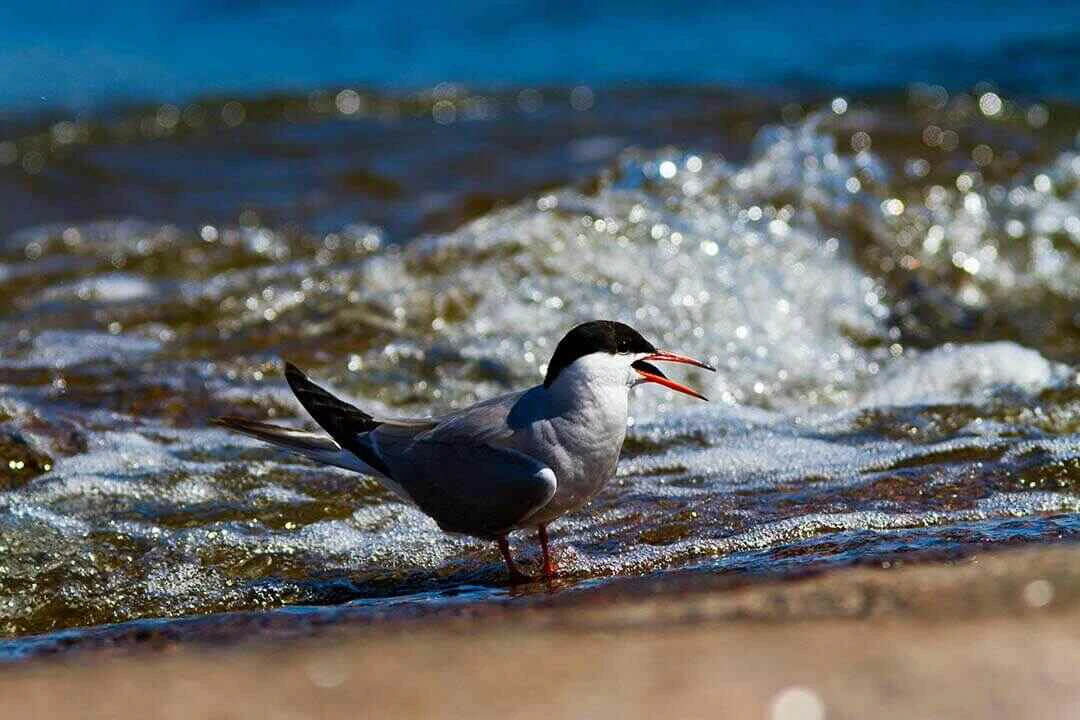
BIRDING IN
Cousin Island
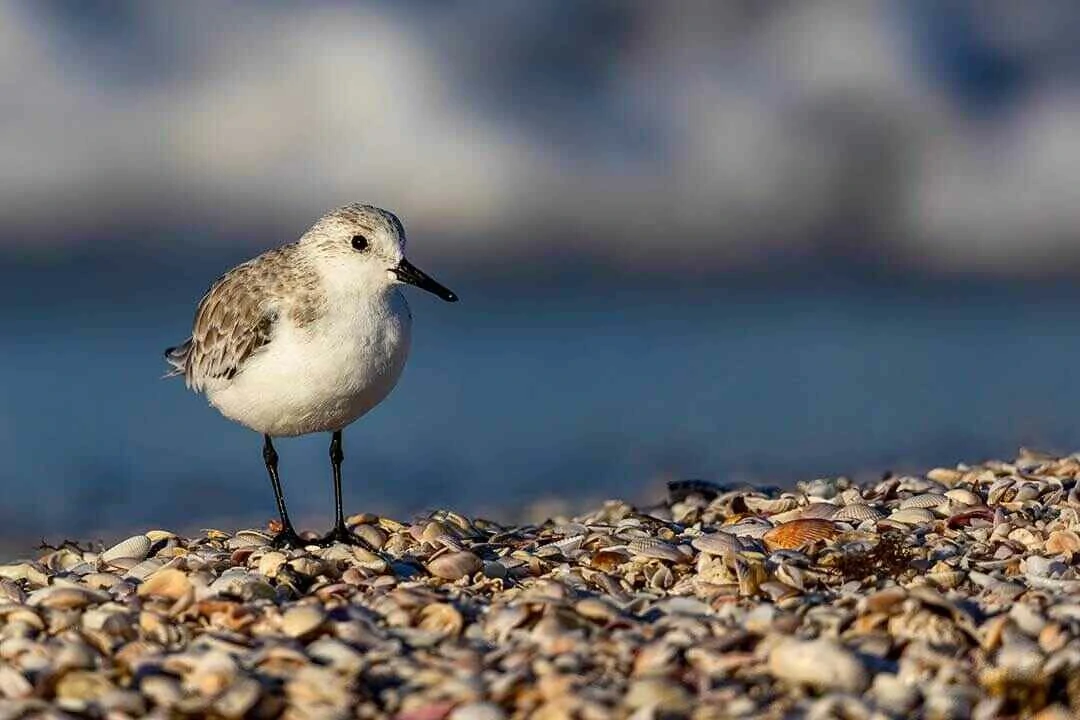
BIRDING IN
Cousin Island
Cousin is a beautiful, small island that covers 27 ha situated less than 2 km west of Praslin. The site also includes 105 ha coastal marine habitat. Its large plateau extends over most of the island and is covered with indigenous mature woodland dominated by Pisonia grandis, Morinda citrifolia and Ochrosia oppositifolia. It is almost encircled by a long sandy beach the shape and width of which changes with each monsoon with tall Casuarina equisetifolia and Cocos nucifera trees.
The southern coast of the island is, however, rocky. A hill, rising to 69 m, occupies the centre of the southern half of the island. It is dominated by bare rock and boulders, low woodland and Pandanus balfourii, Ficus reflexa, F. lutea, Euphorbia pyrifolia shrubs, tall herbs and ferns. An area of mangrove and small, temporary freshwater pools are also found. Cousin was formerly a coconut plantation, but most of the trees have now been cut down. Nature conservation, research and ecotourism day visits, confined to main paths only are the only human activities plus some limited fishing by the staff. The reserve funds itself through ecotourism. A marine park, extending 400 m into the sea, hosts pristine coral reefs.
It became the world's first internationally owned-reserve when it was purchased in 1968 by the International Council for the Protection of Birds (ICBP), now Birdlife International. The objective was to save the last remaining population of the Seychelles warblers. This Important Bird Area is one of the sites of highest ornithological interest in Seychelles. It used to be the last refuge of Acrocephalus sechellensis, with 26 to 29 individuals surviving in 1959.
After conservation efforts and the population's recovery, birds were translocated from here to two other islands. Cousin is also one of the only four islands hosting Foudia sechellarum, with 800 to 1,200 birds in. A small breeding population of Copsychus sechellarum was established when three pairs were translocated from Frégate. Two other more common endemics, Nectarinia dussumieri (250 birds) and Alectroenas pulcherrima (a few birds only) are also found, as well as the interbred Streptopelia picturata picturata x rostrata,
Our Experts are ready to provide answers
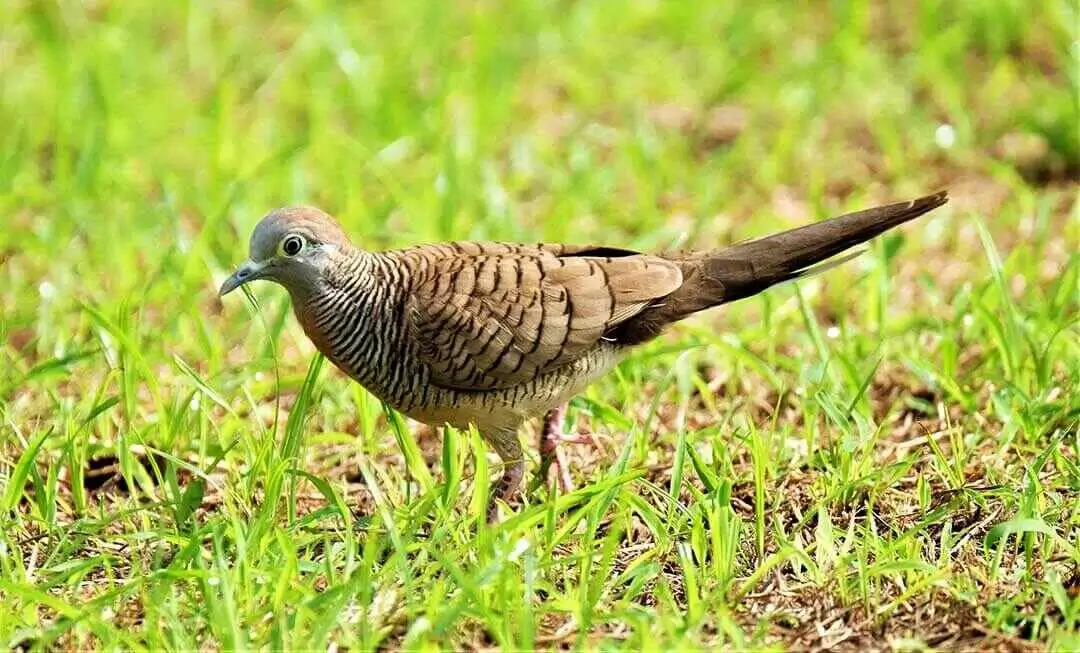
Aride has one of the most important seabird populations in the Indian Ocean. Eighteen species of native birds including five only found in Seychelles breed on Aride, this is far more than on any other granitic island.
Read More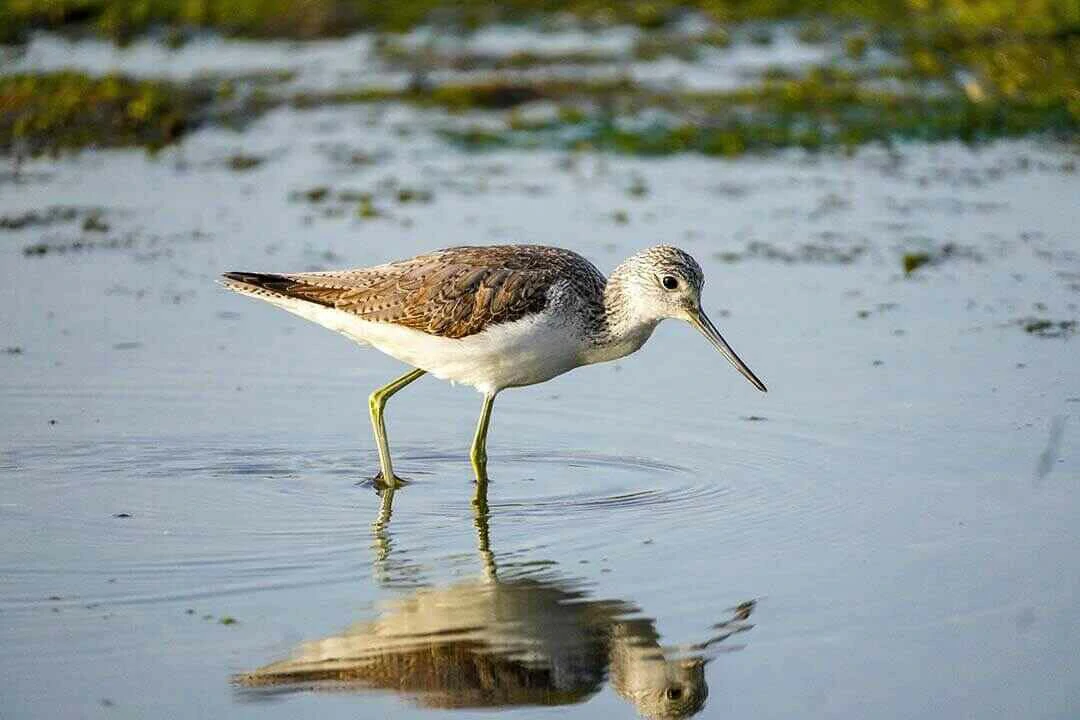
This Important Bird Area also includes the mountainous area to the southeast, between the former Satellite Tracking Station (New Savy), Cascade, Montagne Planeau, Grand Bois, Castor, Varigault and Mont Sébert. This area lies outside the national park, but a project exists to partially protect it.
Read More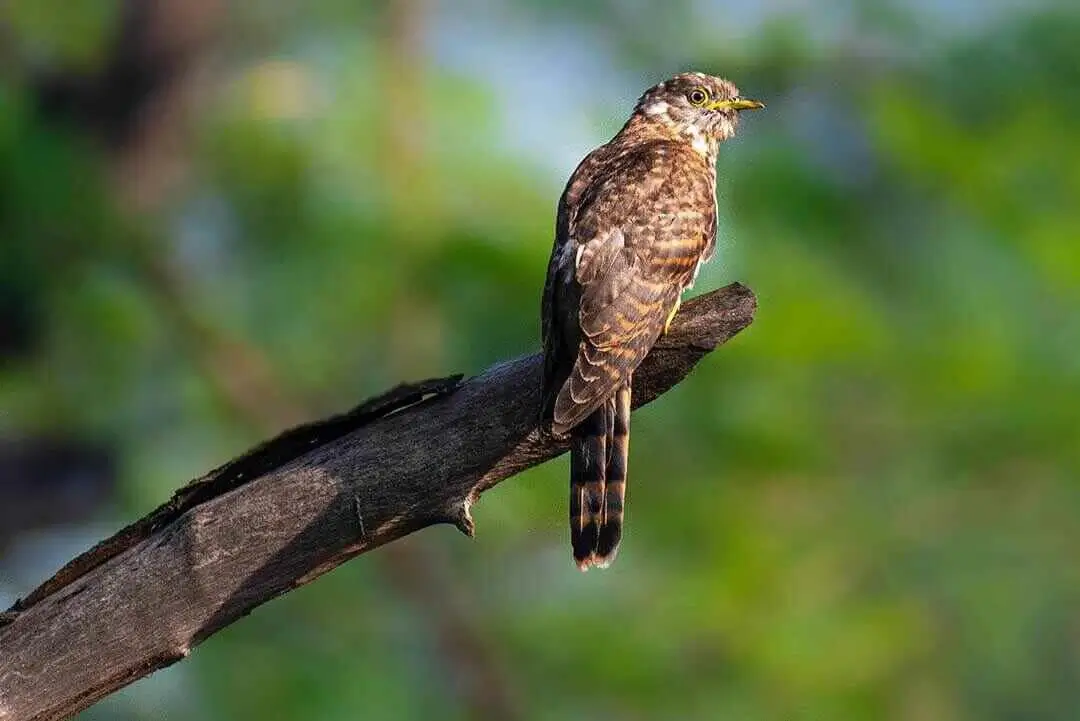
This Important Bird Area is also of vital importance for Coracopsis (nigra) barklyi, as it represents its main breeding and feeding area. Restricted to Praslin and Curieuse, it is the national bird of Seychelles.
Read More